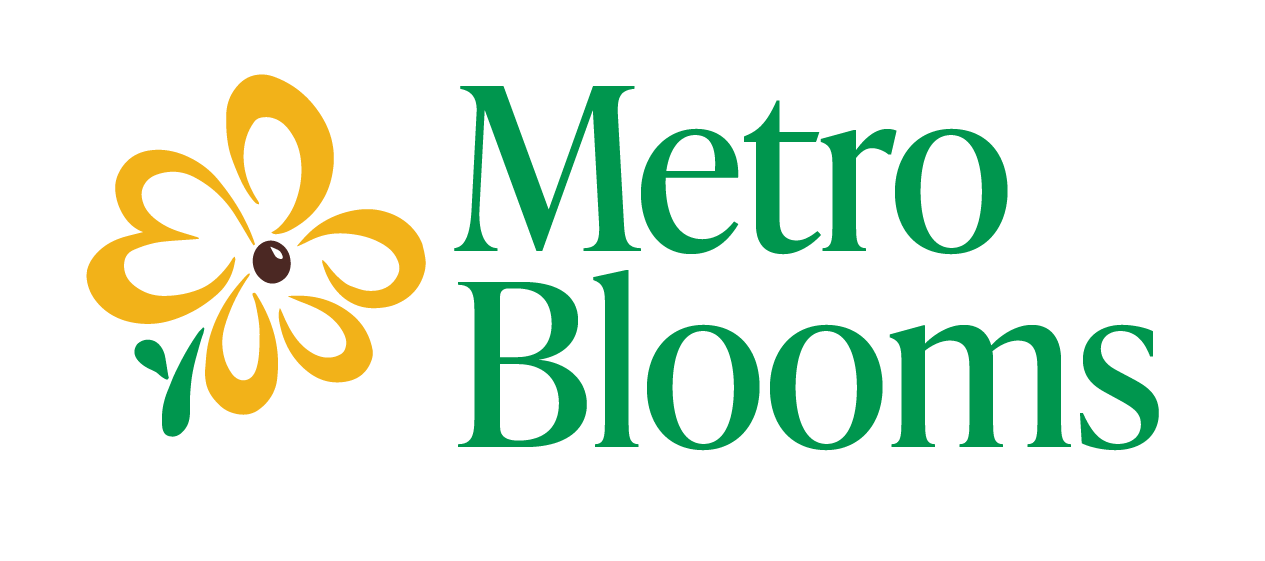In a world without bees, your next plate of food would have considerably less
variety. By some estimates, one of every three bites of food we take depends on pollinators like bees. Pollinators are the small creatures—among them bees, butterflies and hummingbirds—that carry pollen from plant to plant as they forage, unknowingly performing an important step in the production of fruits and seeds.
In recent years, we have observed severe declines in various pollinator populations. Honey bees are a key example. According to the USDA, beekeepers lost an average of one-third of their colonies every winter from 2006 to 2011. In the last couple of decades, the monarch butterfly population has declined 90 percent in North America.
This is worrisome. Consider the following: more than 80 percent of plants depend on pollinators for survival. In this country alone, bees and other insect pollinators contribute more than $24 billion a year to the economy.
Why are pollinators disappearing? A leading cause is lost habitat. Quite simply, many pollinators no longer have the food and other resources they need to survive. They are also vulnerable to pesticides, in ways that are currently being studied.
While this problem exists globally, we can act on a personal level to help solve the problem. Our gardening practices can create urban habitats that attract and sustain pollinators. Choosing native plants is a step in the right direction: pollinators and plants that evolved in the same areas generally benefit one another. For example, milkweed attracts bees and butterflies. To reproduce, monarch butterflies actually need milkweed because it is the only plant their caterpillars eat. Practices on this scale can establish pollinators in our own backyards.
Which brings us to raingardens, one of our favorite topics. Metro Blooms teaches people how to plant raingardens as part of our mission to promote gardening, beautify the community, and help heal the environment. These shallow depressions, planted with native vegetation, allow stormwater to be cleaned naturally as it soaks into the ground, diverting polluted runoff from our waterways.
Creating raingardens that are also habitats for native pollinators is, quite simply, smart design. The raingardens help clean and preserve natural bodies of water and function as habitats for bees, butterflies, and other insects and small animals that pollinate. In turn, the pollinators, just by doing what they do, help the raingardens thrive so they can work efficiently to clean our water.
Learn more at one of our eco-friendly raingarden workshops. This year we will offer lots of information on designing raingardens for pollinators: http://metroblooms.org/workshops.php
Aleli Balagtas is a freelance writer interested in gardening ecologically. 
